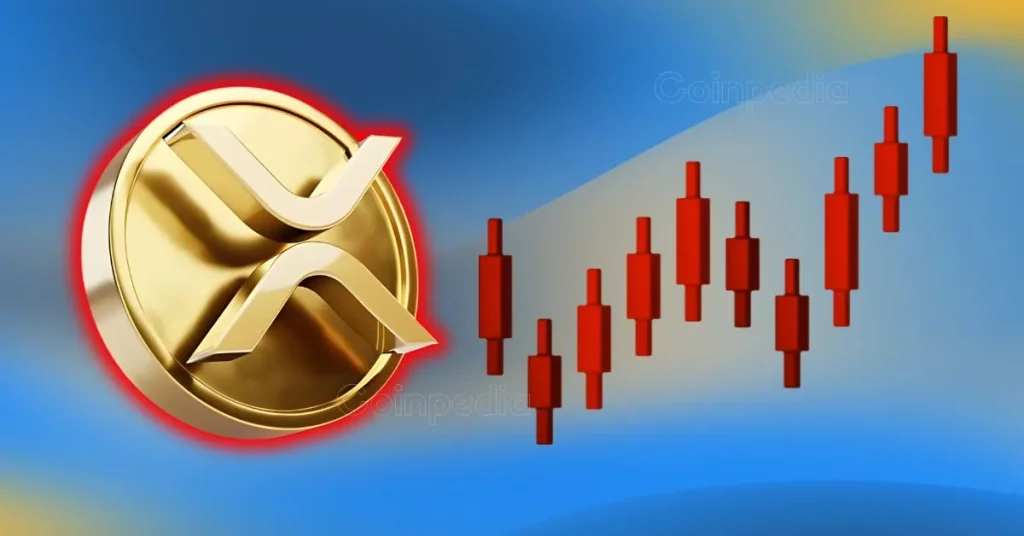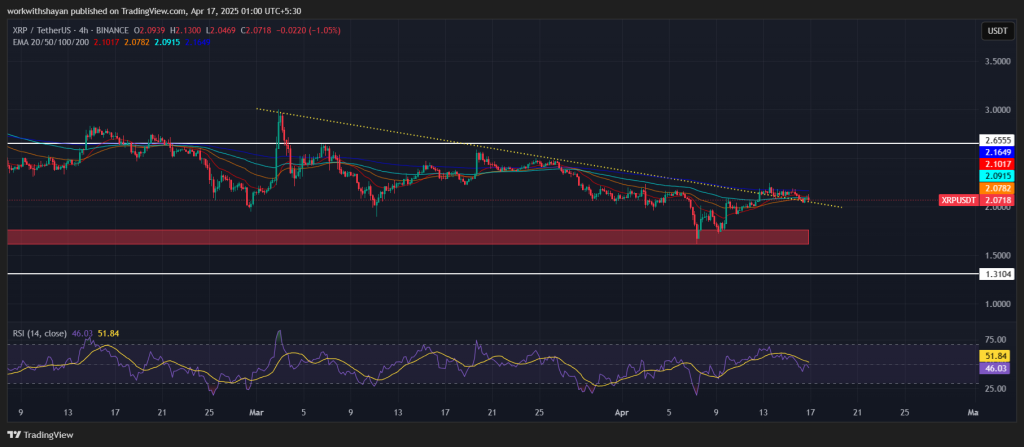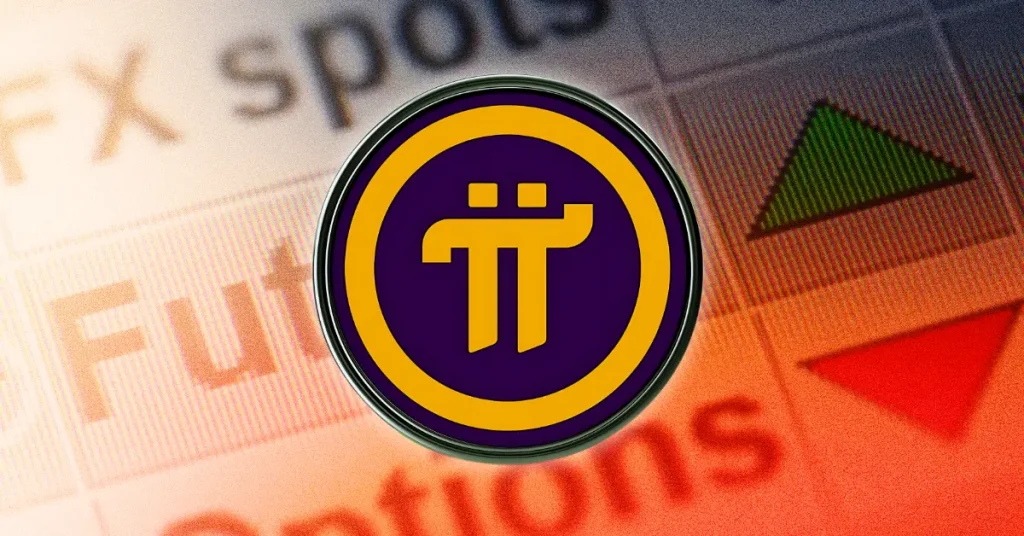
The post Which Meme Coin Triumphs in 2025? Dogecoin, PEPE or Neo Pepe Coin ($NEOP) For Best Crypto appeared first on Coinpedia Fintech News
Pepe’s Resilient Rebound
Over recent days, Pepe Coin (PEPE) has captured renewed attention from traders and influencers alike. Recently hitting lows around $0.000008, the coin has swiftly rebounded, trading steadily near the $0.00001 mark. Analysts have suggested that Pepe might experience further bullish movement, with short-term price targets indicating a potential climb of up to 50%. Notably, derivatives market data has turned favorable, with Pepe’s funding rates pivoting positively, an indicator typically signaling bullish sentiment among investors.
Crypto influencer Ali Martinez highlighted Pepe’s recent market recovery on X, underscoring key technical levels for traders. With critical support now firmly established around $0.00001, further upside momentum is anticipated, particularly if trading volume remains robust on platforms such as Coinbase and Kraken.
Dogecoin Bounces Back
Meanwhile, Dogecoin (DOGE), the iconic meme crypto supported by figures like Elon Musk, has demonstrated notable resilience. After briefly dipping below a crucial support level of $0.15, DOGE has recovered to trade between $0.16 and $0.17. Market analysts emphasize that maintaining this price range is pivotal; should it hold, Dogecoin may see upward movement toward the significant $0.20 milestone. Conversely, failure to maintain current levels could see DOGE retesting lower supports around $0.14.
Institutional optimism, partly influenced by global geopolitical stability, has also buoyed DOGE’s recent price action. As larger cryptocurrency markets stabilize, meme tokens like DOGE often benefit from improved sentiment, reflecting investor appetite for riskier assets.
Navigating Meme Coin Dynamics
Pepe and Dogecoin’s recent recoveries highlight the unpredictable yet enticing nature of meme coins. The rapid shifts in valuation underscore both the volatility and potential profitability within this crypto segment. Platforms like Uniswap continue to see high trading activity, highlighting the decentralized exchanges’ importance for meme coins.
Interestingly, the meme coin landscape is now welcoming a fresh contender that’s rapidly gaining traction—the Neo Pepe Coin ($NEOP).
Comparative Snapshot: PEPE vs. DOGE vs. NEOP
- Price Stability
- PEPE: High volatility, currently stabilizing around $0.00001.
- DOGE: Moderate volatility, trading range $0.16 – $0.17.
- NEOP: Stable price progression via structured presale stages.
- Community and Influencer Support
- PEPE: Growing influencer interest, moderate community size.
- DOGE: Strong influencer backing (Elon Musk), massive established community.
- NEOP: Rapidly expanding community, increasing influencer interest.
- Market Position and Potential
- PEPE: Short-term bullish outlook, speculative growth potential.
- DOGE: Proven track record, institutional interest, medium-term growth potential.
- NEOP: High long-term potential through structured growth, strong fundamentals, and innovative liquidity management.
Neo Pepe Presale – Crypto’s Newest Contender Rising
Now, if meme coins pique your interest, you might want to get a little neo pepe. Positioned distinctively in the meme coin market, Neo Pepe Coin ($NEOP) is fast approaching stage 4 of its presale, which will see its token price jump significantly from the current approximate price of $0.07 up to $0.08. This strategic tiered presale structure not only builds excitement but also rewards early adopters.
Already gaining traction among crypto enthusiasts, Neo Pepe Coin is touted by many as potentially the best pepe coin available due to its thoughtful tokenomics and transparent community-driven governance model.
What Makes Neo Pepe Meme’s Top Contender?
One key aspect of Neo Pepe Coin’s growing reputation as a top pepe coin is its structured presale and innovative liquidity approach. With auto-liquidity features built directly into its transaction framework—each transaction adds 2.5% directly to liquidity pools with LP tokens permanently burned—Neo Pepe ensures robust stability and reduces volatility, a key consideration for meme coin investors.
Further elevating its appeal, Neo Pepe Coin boasts a Certik Audit score of 71.96, underscoring its commitment to security and trustworthiness in a market often riddled with uncertainties.

 Don’t Forget To Join Stake neo pepe Meme coin Full Review
Don’t Forget To Join Stake neo pepe Meme coin Full Review 

BITGIRL CRYPTO Digs Into Neo Pepe’s Distinctive Presale Approach
Crypto-focused content creator BITGIRL CRYPTO recently assessed Neo Pepe Coin’s presale program in detail, thoughtfully covering its progressive token distribution phases, inventive liquidity structure, and active governance involvement. Their perceptive breakdown clearly communicates why Neo Pepe Coin is attracting growing at
Capturing 2025’s Best Crypto Presale Opportunity
Crypto investors constantly search for emerging opportunities labeled the best crypto presale, and Neo Pepe Coin firmly fits the bill. Its current pricing level around $0.07 presents an enticing entry point, especially given the impending price jump in stage 4 to around $0.08. Savvy investors recognize the value in timing entries before price hikes and increased market exposure.
With meme coins such as Pepe and Dogecoin experiencing renewed investor interest, Neo Pepe Coin emerges strategically, offering investors a structured and reliable alternative in a notoriously volatile market. Keep a close eye on $NEOP as stage 4 approaches—its narrative and fundamentals suggest it could swiftly become a major player in the meme coin domain.
Enter the Memetrix — Your Crypto Destiny Awaits
Escape the ordinary crypto cycle and plug into the Memetrix. Secure your Neo Pepe presale tokens before stage 4 catapults prices skyward. Visit the Neo Pepe website now and take your rightful place in this cutting-edge meme coin uprising. Act swiftly—your digital awakening depends on it!
Get Started with $NEOP
The post Which Meme Coin Triumphs in 2025? Dogecoin, PEPE or Neo Pepe Coin ($NEOP) For Best Crypto appeared first on Coinpedia Fintech News
Pepe’s Resilient Rebound Over recent days, Pepe Coin (PEPE) has captured renewed attention from traders and influencers alike. Recently hitting lows around $0.000008, the coin has swiftly rebounded, trading steadily near the $0.00001 mark. Analysts have suggested that Pepe might experience further bullish movement, with short-term price targets indicating a potential climb of up to …











